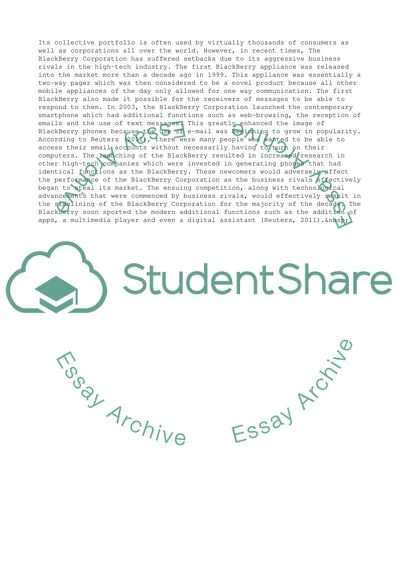Cite this document
(“The BlackBerry Limited: Business Organizational Challenge Term Paper”, n.d.)
The BlackBerry Limited: Business Organizational Challenge Term Paper. Retrieved from https://studentshare.org/business/1636902-organizational-challenge
The BlackBerry Limited: Business Organizational Challenge Term Paper. Retrieved from https://studentshare.org/business/1636902-organizational-challenge
(The BlackBerry Limited: Business Organizational Challenge Term Paper)
The BlackBerry Limited: Business Organizational Challenge Term Paper. https://studentshare.org/business/1636902-organizational-challenge.
The BlackBerry Limited: Business Organizational Challenge Term Paper. https://studentshare.org/business/1636902-organizational-challenge.
“The BlackBerry Limited: Business Organizational Challenge Term Paper”, n.d. https://studentshare.org/business/1636902-organizational-challenge.


